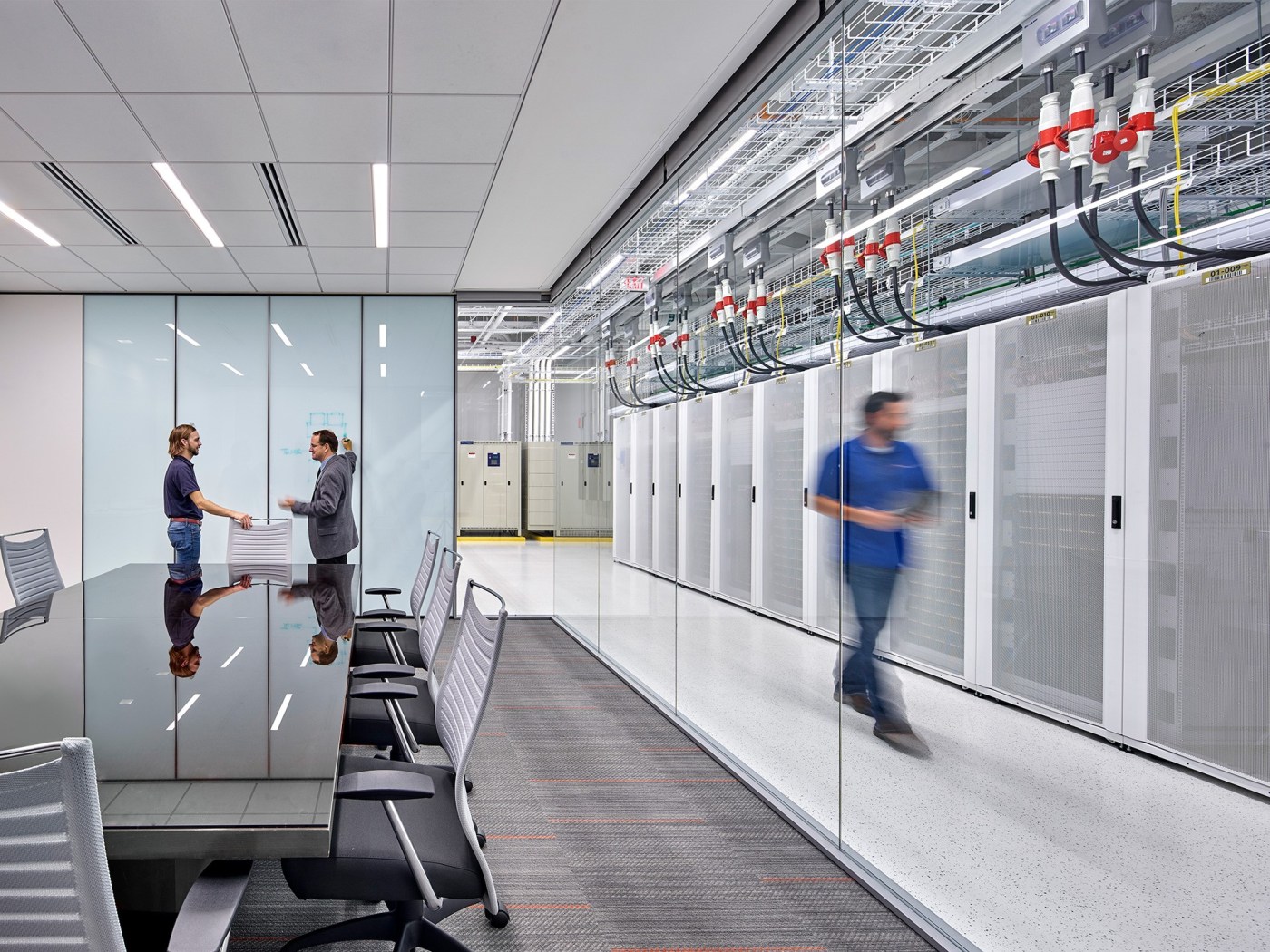

By: Chris Chandler, Solutions Engineer, DataBank
Digitized data is more critical than ever to the successful operation of businesses. Companies need data to drive operations, serve customers, and remain competitive. With threats such as cyberattacks, natural disasters, and hardware failures, businesses must implement data-loss mitigation solutions to ensure continued business success.
Two popular solutions for protecting data are Disaster Recovery as a Service (DRaaS) and Traditional Backups. While both are primarily used to protect data, they differ significantly in functionality, cost, and speed of recovery. Understanding these differences is important when choosing the right solution for your business.
Traditional backup involves regularly copying data to a storage medium or cloud storage service. The primary goal is to create a copy of data that can be restored in case of accidental deletion, corruption, infection or system failure. Traditional backups can be performed using various methods, including:
Businesses often use backup software or hardware appliances to automate backup processes. These backups can be stored onsite (local backup) or offsite (cloud or tape backup) to protect against physical damage or theft. There are also additional options of storing the backups in immutable storage, which protects specifically against encryption from Ransomware attacks.
Removable media is also an option where the media the backups are stored on are removed periodically from the Production Environment. This adds a layer of protection against internal bad-actors or people physically stealing or altering data.
Disaster Recovery as a Service (DRaaS) is a cloud-based solution that provides businesses with a comprehensive disaster recovery plan. Unlike traditional backups, which focus solely on data storage, DRaaS replicates an entire IT infrastructure, including applications, servers, and configurations. In the event of a disaster, businesses can quickly switch to the replicated environment with minimal downtime.
One of the most significant differences between DRaaS and traditional backups is the speed of recovery.
Choosing between DRaaS and traditional backup depends on your business needs, budget, and recovery objectives. Here are some items to consider:
DRaaS and traditional backups have important, but distinctly different roles in data protection. Traditional backup offers a straightforward and cost-effective way to store data, Databank DRaaS provides a quicker and more functional recovery solution. Businesses must assess their risk tolerance, operational requirements, and budget to determine the proper solution.
Most businesses will adopt a hybrid approach, combining both traditional backup and DRaaS for layered protection.
This means using traditional backups for regular data archiving while leveraging DRaaS for business-critical services.
At the end of the day, backups and DR should be recognized for what they are; technical insurance against significant data-loss and/or lost revenue due to a major IT systems outage.
Choose your coverage appropriately.

Discover the DataBank Difference today:
Hybrid infrastructure solutions with boundless edge reach and a human touch.